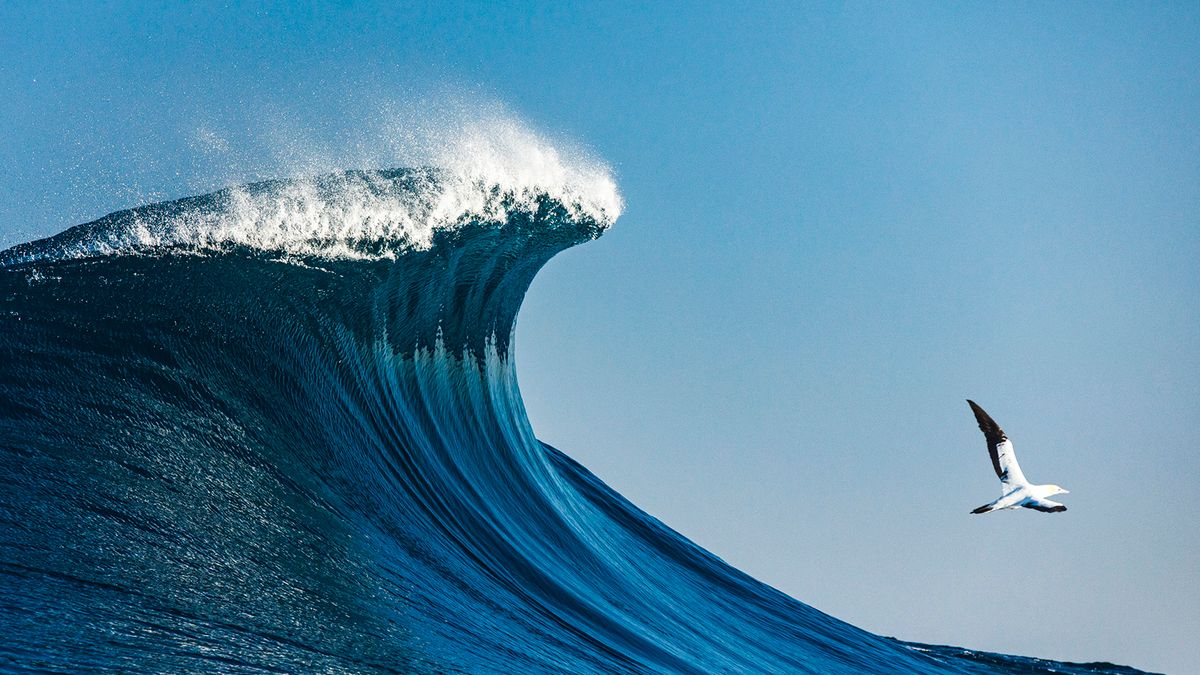
While destructive tsunamis are relatively rare, such events have occurred throughout history, and it was only in the modern era that precise measurement became possible. Here’s a list of the runners up to the Lituya Bay tsunami, in terms of height of the wave.
1. Mount St. Helens Tsunami (853 Feet)
Many people are aware of the Mount St. Helens volcanic eruption, which occurred on May 18, 1980. This eruption also created a tsunami — another mega-tsunami, in fact — when the north flank of the mountain collapsed, creating a landslide that then generated a huge wave.
Advertisement
The wave reached 853 feet (260 meters) high and caused widespread devastation.
2. Vajont Dam Tsunami (820 Feet)
On October 9, 1963, a landslide occurred above the Vajont Dam in Italy, generating a 820-foot (250-meter) wave. This mega-tsunami is notable for being partly human-induced, as the dam created a body of water that was deep enough for a tsunami to be generated.
3. Icy Bay Tsunami (663 Feet)
This mega-tsunami also occurred in Alaska, and was also caused by a massive landslide. On October 17, 2015, a huge volume of rock went crashing into the Taan Fiord, which is a finger of Icy Bay.
The resulting wave had an initial height of approximately 330 feet (101 meters), and had a run up of 633 feet (193 meters). The run up height refers to the elevation of where the wave reached in the surrounding landscape.
4. 1936 Lituya Bay Tsunami (490 Feet)
There’s something about Lituya Bay, Alaska. Before the enormous, record setting tsunami of 1958, there was another tsunami in the same bay. This occurred on October 27, 1936, and the cause isn’t precisely known (an undersea landslide is a likely candidate), but it did create a massive wave: a run up height of 490 feet (150 meters), and an estimated wave height of between 100 and 200 feet (30 and 76 meters).
5. Karrat Fjord Tsunami (328 Feet)
In Greenland, on June 17, 2007, a landslide caused by melting glacial ice led to a 328-foot (100-meter) giant wave that surged down the fjord and caused wreckage over 62 miles (100 km) away.
Advertisement
 Print
Print




